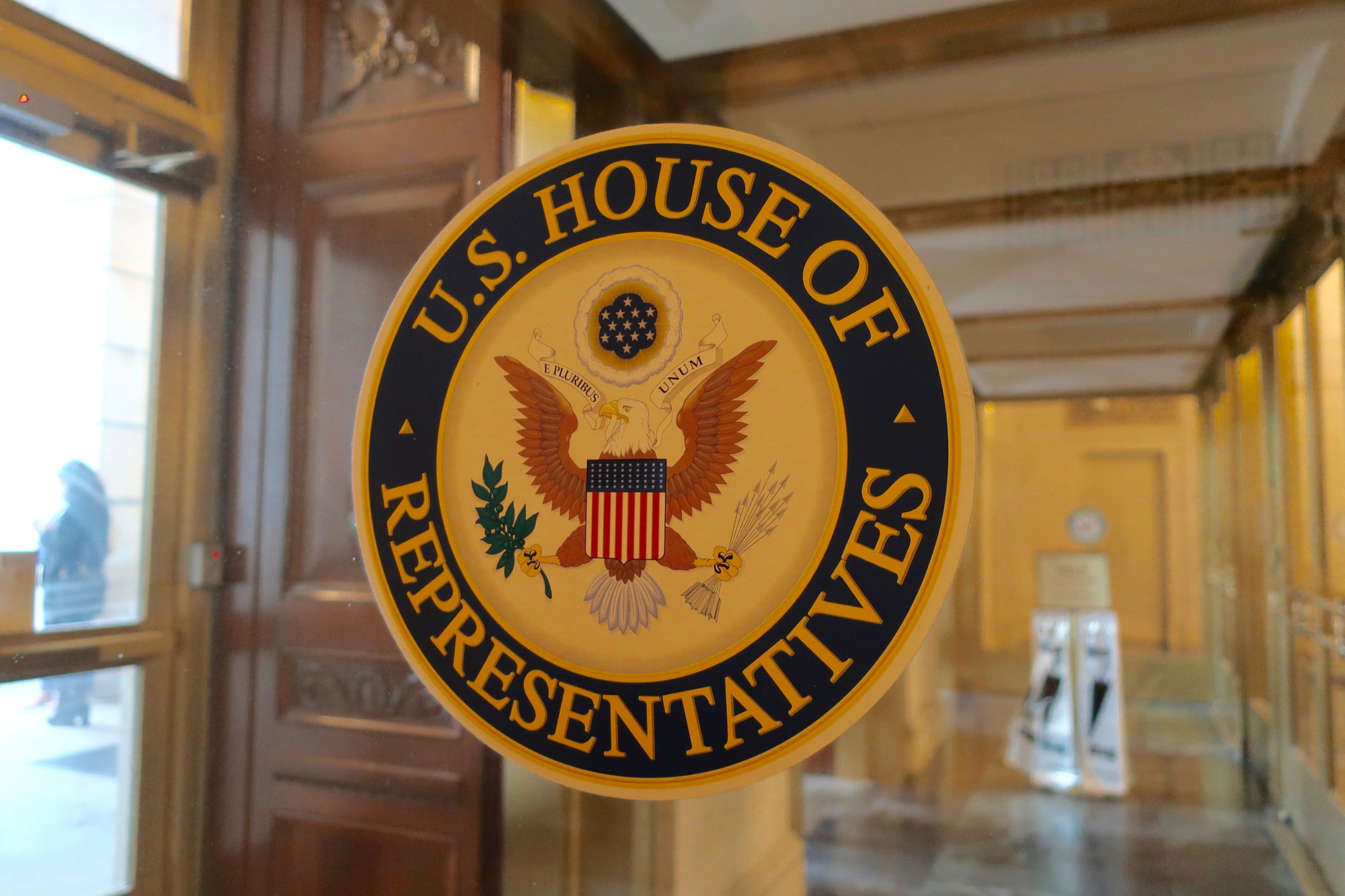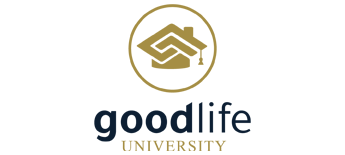Connections - 03.30.23
3 Reasons Why Innovation Matters in the Care Industry

Share this page
Stay Informed on the Latest Research & Analysis from ANCOR
More News
Capitol Correspondence - 06.24.25
New Resource Highlights the Impact of Medicaid Work Requirements on the Direct Care Workforce
Stateside Report - 06.02.25
Stateside Report: June 02, 2025

Press Release - 05.22.25
ANCOR Issues Statement on House Budget Reconciliation Vote


